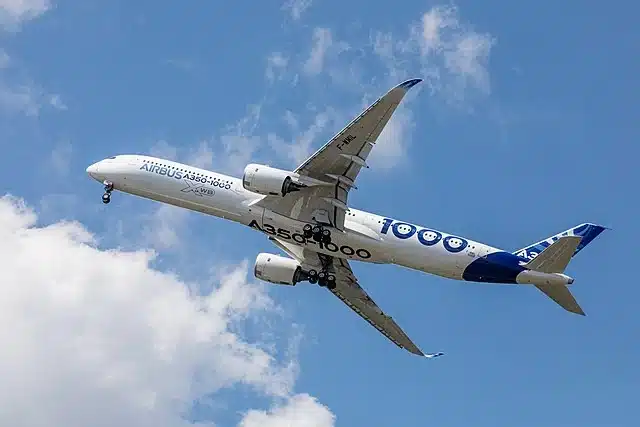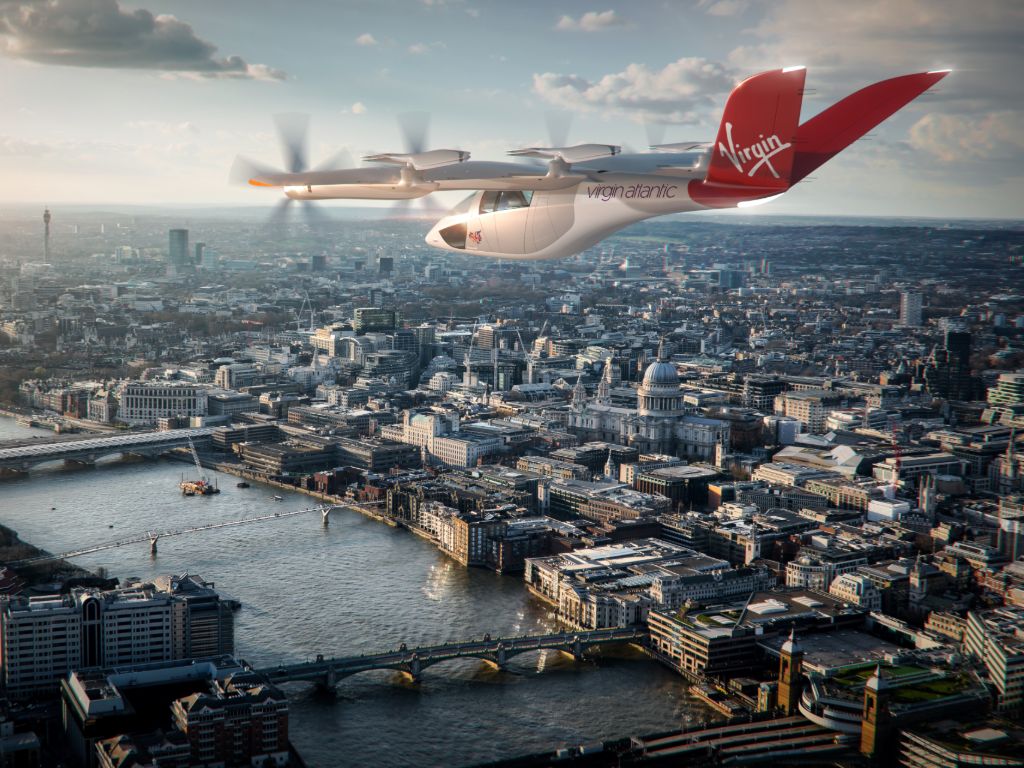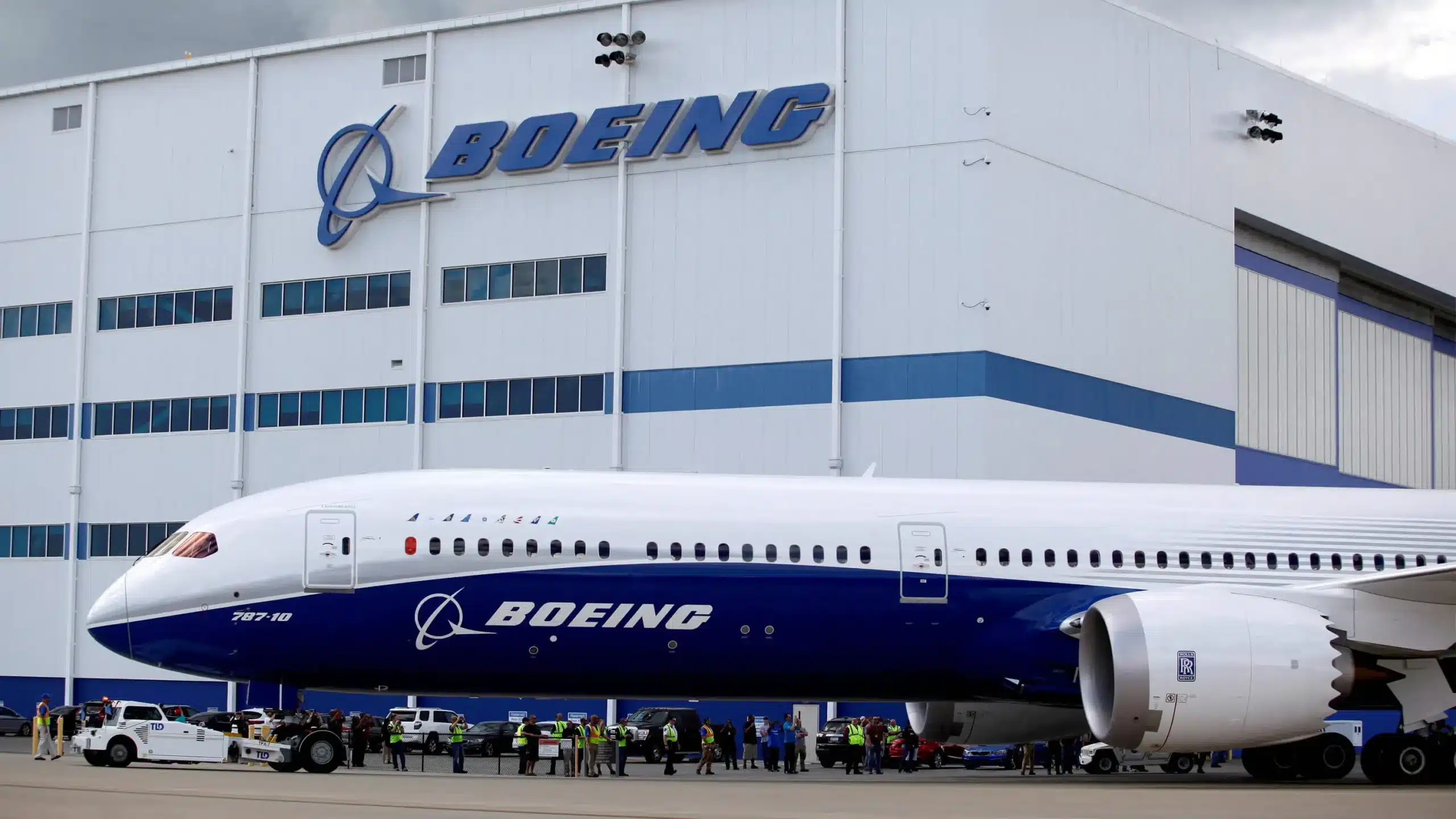Avoid Green washing with this approach
You’ve heard of Green Finance or the Green bond. You’ve even heard of sustainable finance. But how can Green investing in Aircraft really be… Green?
Great question. We have answers.
There is a route and a formula to investing in Green aviation projects in the private sector or with the banks. We are going to explain how this is achieved and how you can look deeper into the subject. These methods can also be adopted to other forms of investing where the incumbent is a Co2 contributor or is a climate change risk.
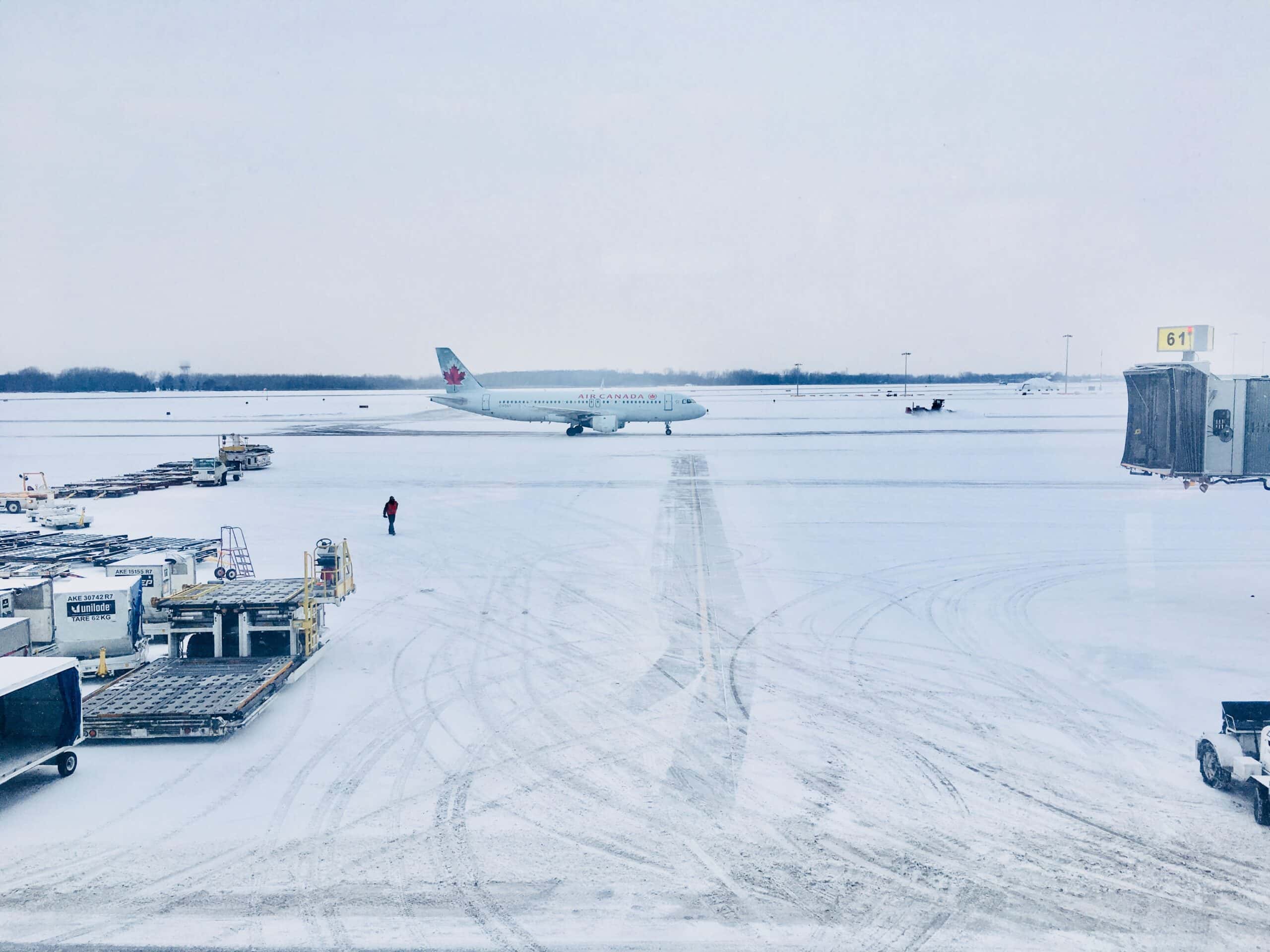
Let us be your doorway into a the ESG and Green Investing subject. Investing in something that, on paper, looks like it might not be something for your corporate homepage.
Aviation produces C02
It does. And we know it. We are exceptionally low on the global Co2 emitters totem-pole at 3-4% (of global total), but there we are, nonetheless. We are working hard with authorities, central banks, and manufacturers alike to build new methods of propulsion. And other new types that will use sustainable fuels or fuels that produces no C02 at all.
Our goal is to bring the total emissions to #NetZero by 2050.
But until then, we need to continue to use current technology to deliver our clean energy projects. This means we must continue to find investors or Green bonds for those new aircraft arriving from Seattle and Toulouse.
Full disclosure – Aircraft finance and leasing has been under fire for a few years now. The consequences of climate change have come front and center as big banks, investors and funds have been increasingly concerned with how aircraft ownership affects their public profiles and bumps up against their ESG and Green policies. We understand this more than any sector.
Green Finance for Aircraft Leasing
Moody’s have an ESG Investment website. In 2019 they acquired a company called Vigeo Aeris who were a pioneer in the Aviation Green Investment arena. Other players are joining the fold also, which is good because we need them. Why? Because they “sign-off” on Green projects for aviation. So how do they do it? let us explain.
An Aviation “Green” lease designation involves a climate study that targets FOUR key areas. And if you get the green light in all four of these areas, then you get your Green Finance “badge”. You can then shout it from the corporate rooftops.
So, what are there Four areas?
- The Aircraft
- The Airline
- The Lessor
- The Target Market
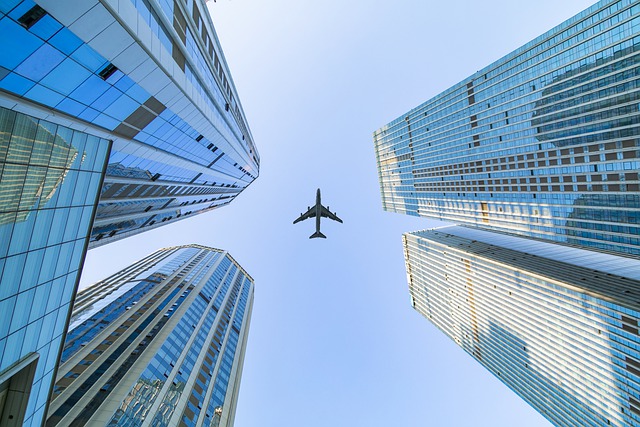
Green Aircraft
Your aircraft must be designated a Green Aircraft compared to other competing aircraft. In its class, or in its market. A good example here is the ATR72 and ATR42. In 2019 ATR achieved Green Bond status because their aircraft has significant Co2 emissions advantages over competing aircraft in their market. Namely regional jets.
Also, over the DASH8, which flies faster and burns more fuel. In the jet sector we now have the A320Neo and B737Max-10 aircraft with LEAP engines. Offering 20% more fuel efficiency than its predecessors. When they displace older jets, this is a “win” for sustainability.
The Green Airline
So, you’ve got your green aircraft and now you just need to place it somewhere. Which also helps with getting finance! So WingAir (our new start-up, maybe) loves your Green Bond aircraft and wants to start operating it.
Luckily, we have a fleet of 50Y regional jets that are far less efficient. And they have more emissions, and it takes time to change the fleet. But you need to study this change closely. You must verify that the change does deliver on this promise through a study of the routes and the RPM. This stops the airline or Investors trying any tricky business.
What the Lessor can do
And it’s not just the airline that needs to behave correctly. A study must be done on the lessor to ensure that they (as a company along with the lease itself) are as climate friendly as possible. And there’s nothing in there that might compromise the excellent work being done in other areas.
The objective here is that the project is being viewed as a whole, and not just one element. The goal is to ensure that the change (or new lease) is delivering Co2 savings which can be independently verified for investors.
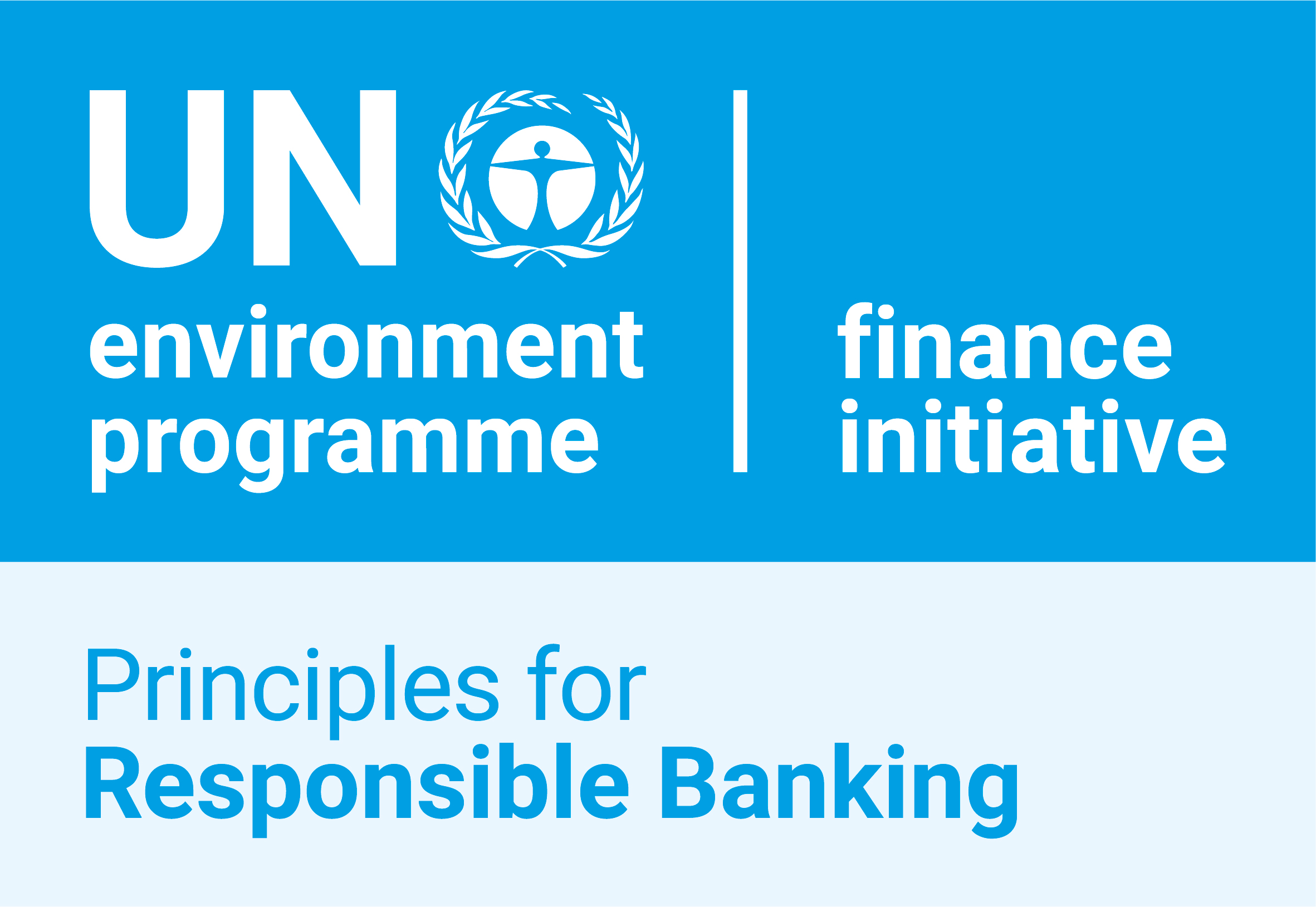
The Aviation Finance Market
The Aircraft, the Airline and the owners have been vetted and all looks good. But that’s not all. The study will arbitrarily now look at the travel market itself. To ensure that the route being served is best done by air. And that alternate routes by road, rail or sea should not be considered.
If there is a reasonable argument that a rail network on this route would be the most efficient way to serve that population, then that’s what the report will say. This way all parties can stand over the lease as being truly “Green Investing” and that the aircraft option is the best way to serve this need.
This entire process does take time and costs money (approx. USD $20,000). But the benefits are great and long lasting. Moody’s is a rating agency and their acquisition of VE in the Green auditing market shows how serious and valuable this process is. The market for Green is also huge and growing and we need to legitimize it and fast.
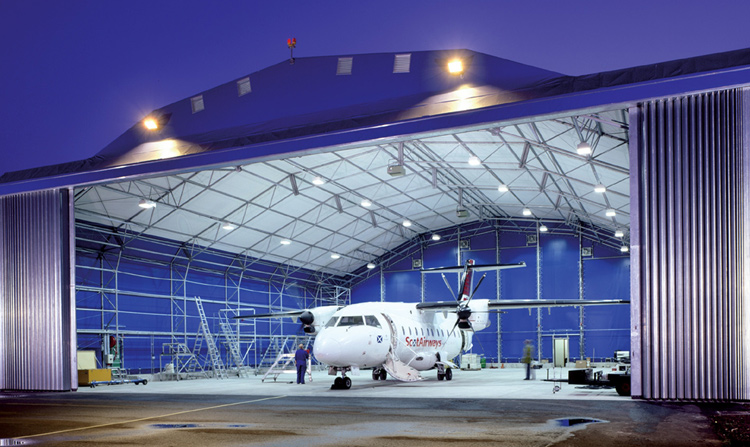
If the car market is representative of public concern with fossil fuel burning vehicles, then this is an imperative. We must show the travelling public that they are getting from A to B in the most fuel-efficient way possible.
And they can then decide if that trip is worth it or not. Let’s not forget CORSIA and you can read an article we have. Airlines already contribute towards their carbon emissions through credits and pay for Green activities through this process. So, the next time you pause before booking, please remember, the people behind the service are doing everything they can to make it as emission friendly as possible.
We want and need Green Investing. So, if you are in the finance sector. Thank you.

